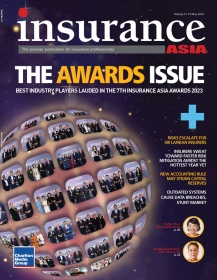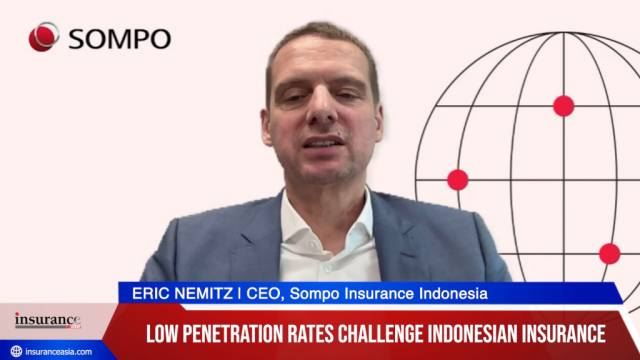Resource Center
Awards
Jul
09
Event News
Event News
Insurance Asia Forum 2024 convenes in Jakarta to shape the future of insurance
Co-Written / Partner
The event gathers insurance professionals from across Asia, exploring the evolving realms of risk management, technology, regulations, and customer engagement.
Co-Written / Partner
Insurance Asia Forum 2024 convenes in Jakarta to shape the future of insurance
The event gathers insurance professionals from across Asia, exploring the evolving realms of risk management, technology, regulations, and customer engagement.
Videos
Partner Sites
Join the community
Awards
Jul
09

 Advertise
Advertise




















Commentary
Driving insurance transformation with strategy-aligned M&A
Driving insurance transformation with strategy-aligned M&A
Can insurers deliver more value to customers?
Emergence of the InsurTech ecosystem in Asia
From hype to reality: Examining the industry's ‘transformation'
The future of insurance in a digital world
A six-step framework for strategic change
Insurance trends in Asia